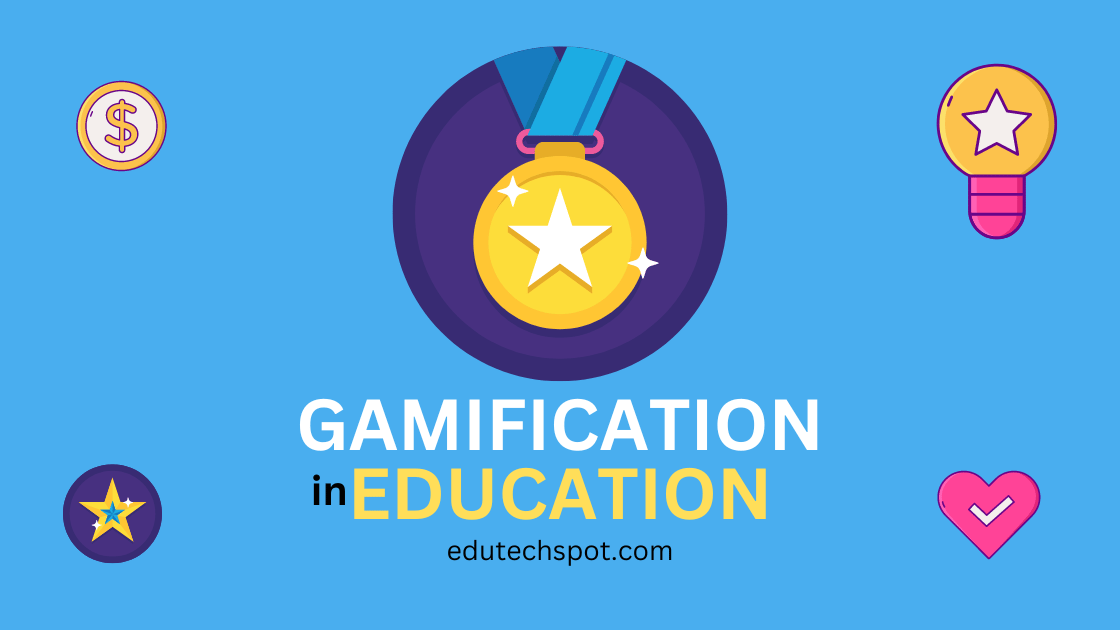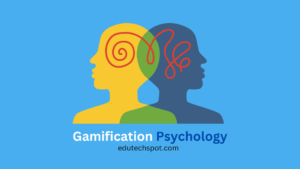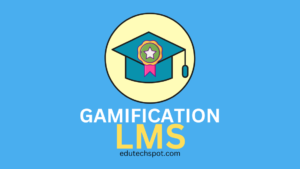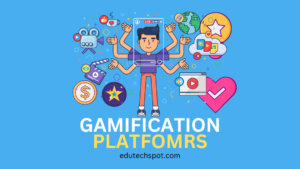The world of education is constantly evolving, with new technologies and teaching methods being introduced regularly. One such method that is gaining popularity is gamification. By incorporating game elements into the learning process, educators are finding new ways to engage students and make learning more fun and interactive. This approach is particularly effective with younger learners, who are often more receptive to visual and interactive forms of education. But gamification is not just limited to younger students – it can be used in higher education and professional training as well. From language learning apps to corporate training programs, gamification is reshaping the way we approach education. But what does the future hold for this trend? Will gamification continue to gain momentum, or will it be seen as just another passing fad? In this article, we’ll explore the impact of gamification on education and what the future may hold for this exciting trend.
What is Gamification and How Does it Work?
Gamification is a relatively new concept that has its roots in game design. Game designers have long understood the power of game mechanics to motivate and engage players. They use these mechanics to create games that are not only fun but also challenging and rewarding. In education, gamification takes these same mechanics and applies them to the learning process.
The basic idea behind gamification is to make learning more fun by turning it into a game. This can be done by using game mechanics such as points, badges, and leaderboards. Points are awarded for completing tasks or mastering a concept, badges are earned for achieving specific goals, and leaderboards show how students rank compared to their peers.
Gamification works by tapping into the intrinsic motivation that comes from playing games. Games are fun because they provide a sense of accomplishment and reward. Gamification uses these same elements to make learning more engaging and rewarding.
Benefits of Gamification in Education
Gamification has many benefits for education. One of the main benefits is that it makes learning more engaging. By turning learning into a game, students are more motivated to participate and learn. This can lead to higher levels of student engagement, which in turn can lead to better academic performance.
Another benefit of gamification is that it can make learning more fun. Traditional methods of teaching can be dry and boring, which can lead to disengagement and apathy. By incorporating game elements into the learning process, educators can make learning more exciting and enjoyable.
Gamification can also help students develop important skills such as critical thinking and problem-solving. Games are often designed to be challenging and require players to use their problem-solving skills to overcome obstacles. By incorporating these elements into the learning process, students can develop these important skills in a fun and engaging way.
Gamification Statistics and Examples
Gamification is still a relatively new concept in education, but it has already shown promising results. According to a study by Gartner, gamification can increase student engagement by up to 50%. Another study by the University of Colorado found that students who were taught using gamification methods scored 14% higher on skill-based assessments than those taught using traditional methods.
There are many examples of gamification being used in education today. One popular example is the language learning app Duolingo. Duolingo uses game mechanics such as points and badges to motivate users to learn a new language. Another example is Minecraft: Education Edition, which is a version of the popular game Minecraft designed specifically for classroom use. Minecraft: Education Edition allows teachers to create virtual worlds that students can explore and learn in.
Gamification in Traditional Education Systems
Gamification has the potential to revolutionize traditional education systems. By incorporating game elements into the learning process, educators can make learning more engaging and fun. This can lead to higher levels of student engagement and better academic performance.
One challenge with incorporating gamification into traditional education systems is the resistance to change. Traditional education systems are often resistant to new ideas and methods, which can make it difficult to implement gamification. Another challenge is the lack of resources and support for gamification. Educators may not have the time or resources to create gamified learning experiences.
Despite these challenges, there are many examples of gamification being used in traditional education systems. For example, the Khan Academy uses gamification to motivate students to complete math problems. The Khan Academy awards points and badges for completing exercises, which motivates students to keep learning.
Gamification in Corporate Training and Development
Gamification is not just limited to traditional education systems. It can also be used in corporate training and development. Many companies are using gamification to train and develop their employees.
One of the main benefits of gamification in corporate training is that it can make learning more engaging and fun. This can lead to higher levels of employee engagement and better performance. Gamification can also help employees develop important skills such as problem-solving and critical thinking.
There are many examples of gamification being used in corporate training and development. For example, Deloitte uses gamification to train new employees. Deloitte’s gamified training program includes a virtual world where employees can learn and practice new skills.
Gamification and Online Learning
Gamification is particularly effective in online learning environments. Online learning can be challenging because it lacks the social interaction and engagement of traditional classroom settings. Gamification can help to fill this gap by making online learning more engaging and interactive.
Many online learning platforms are incorporating gamification into their courses. For example, Coursera uses gamification to motivate students to complete courses. Coursera awards badges and certificates for completing courses, which motivates students to keep learning.
Gamification Tools and Platforms for Educators
There are many tools and platforms available for educators who want to incorporate gamification into their teaching. One popular platform is Kahoot! Kahoot! is a game-based learning platform that allows educators to create quizzes and games that students can play in the classroom. Another popular tool is Classcraft, which is a gamified classroom management system.
Challenges and Criticisms of Gamification in Education
Despite the many benefits of gamification in education, there are also some challenges and criticisms. One criticism is that gamification can be too simplistic and can lead to a focus on extrinsic rewards rather than intrinsic motivation. Another criticism is that gamification can be expensive and time-consuming to implement.
Future of Gamification in Education
The future of gamification in education looks bright. As technology continues to evolve, new and innovative ways of incorporating game elements into the learning process will emerge. Gamification has already shown promising results in education, and it is likely that it will continue to gain momentum in the years to come.
Conclusion
Gamification is an exciting trend in education that has the potential to revolutionize the way we approach teaching and learning. By incorporating game elements into the learning process, educators can make learning more engaging and fun. Gamification has many benefits, including increased student engagement, better academic performance, and the development of important skills such as critical thinking and problem-solving. While there are some challenges and criticisms of gamification, the future looks bright for this exciting trend.



